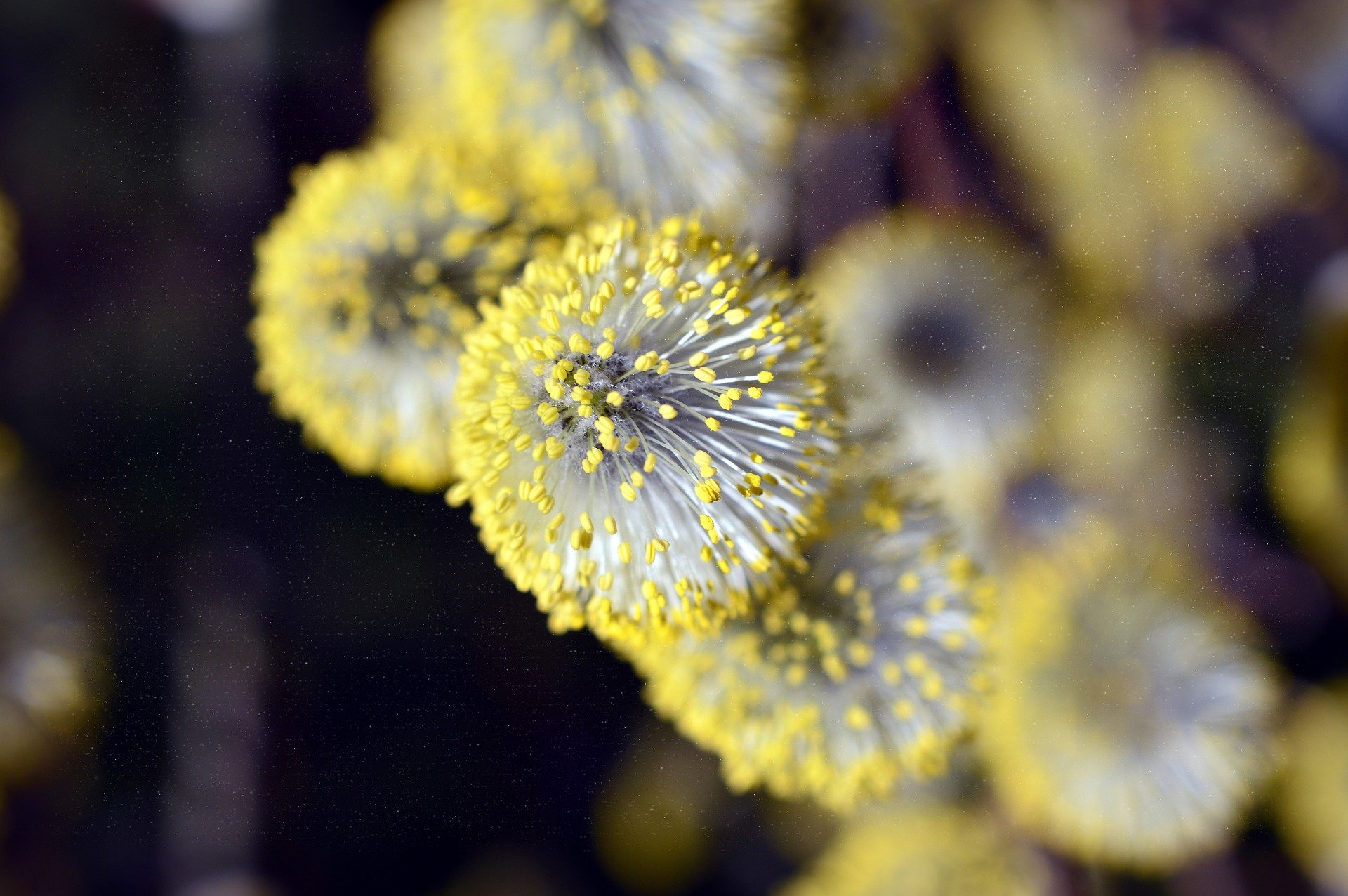In this Article, Listed by Order of Presentation
-
Defining Nootropics
-
Some Touted Benefits of Nootropics
-
A Quick Look at Neurotransmitters Targeted By Recreational Nootropics
-
A List of Common Nootropics
-
Who Should Use Nootropics and How to Cycle or Stack
Defining Nootropics
You might not have heard of nootropics, but the word is often heard amongst groups of people who are deep into the biochemical interworking of the body and the mind. Some or many of it has little to no scientific studies to support their use, but there are many resources on the Internet touting certain benefits of different nootropics. In essence, nootropics are any substance one can take that is purported to increase one’s cognitive abilities, memory, and learning ability.
Nootropics can usually fit into one of three general categories: synthetic compounds, prescription medications, or dietary supplements. One of the most common nootropic is used by roughly 90% of people… Caffeine. This natural stimulant is not often considered a drug unless we are talking about our personal addiction to coffee and our desire for the next pumpkin spice latte, but caffeine is indeed a nootropic. Caffeine gives your brain access to or blocking neurotransmitters such as adenosine, glutamate, dopamine, adrenaline/epinephrine, cortisol, and serotonin. Of course this is done through various different mechanisms of action, causing different actions or reactions.
As I want this to be a comprehensive article about nootropics, we will discuss the most common nootropics and their mechanism of action. We will also outline many of the neurotransmitters we have in our brain and what their more common actions are. There are many neurotransmitters naturally found in our brain. As a refresher, neurotransmitters are a chemical substance that help the nerves transmit signals across synapses. Without neurotransmitters, we have no thoughts, no senses, no perception. This is why many mental illnesses are directly related to neurotransmitters. Depression is often a result of an imbalance of dopamine or serotonin. Schizophrenia has been linked with dopamine and serotonin—not exclusively, of course.
Some Touted Benefits of Nootropics
-
Increased Productivity and Learning
Some users of nootropics utilize them with the intent of receiving a boost of motivation, energy, or will to complete tasks. This is particularly important for users who are writing essays, preparing for exams, or studying. Or writing articles for their website… -
Socializing
Public speaking, giving presentations, or attending parties can be made a little more easy through increased confidence, fluid speech, and extroversion. -
Overall Wellbeing and Exercise
Gym goers will often have certain “stacks” of supplements they use in order to get the best out of their workouts. They believe it helps with their motivation and their determination to push through their workouts. -
Mental Well-Being
Although not recommended, some people will use nootropics to help with depression, anxiety, or high periods of stress.
A Quick Look at Neurotransmitters Targeted By Recreational Nootropics
-
Acetylcholine (Ach)
Muscle movement, memory, learning/studying -
Dopamine
Mood, motivation, learning, focus -
Serotonin
Sleep, happiness, thought processing (most of this neurotransmitter is produced in our gut, largely depending on our gut microbiome!) -
GABA
Relaxation, inhibitory neurotransmitter
A Quick List of Commonly Used Nootropics
-
Adrafinil
-
Piracetam
-
L-Phenylalanine (affiliate link, article)
-
Bacopa Monnieri (affiliate link)
-
Phenylpiracetam
-
Phosphatidylserine (affiliate link)
-
N-Acetyl-L-Cysteine (affiliate link)
-
Aniracetam
-
Noopept
-
Phenibut
-
L-Theanine (affiliate link)
-
Citicoline (affiliate link)
-
Melatonin (affiliate link)
-
Tianeptine
-
Various different mushrooms are used for differing effects, not limited to psilocybin.
Bookmark this webpage as this list will be added to as more informative articles are published about each individual nootropic.
Who Should Use Nootropics and How to Cycle or Stack
No one. Ha! If you are looking into using nootropics, you have to commit to researching the items in depth before trying. Although most have no negative effects unless used in excess, there is always a risk with using any substance.
Cycling
Cycling is done as a way to prevent tolerance from building up and to prevent ill effects of throwing off the balance of the other neurotransmitters. Cycling can be done in a few ways: either circulating through different nootropics at a time or by taking one for a few days, then taking a few days or a few weeks off before using them once again.
Stacking is taking more than one nootropic at a time with the intent of enhancing their effects or offsetting the negative effects. As a quick example, someone might use L-Theanine with caffeine as a way to prevent caffeine jitters.

